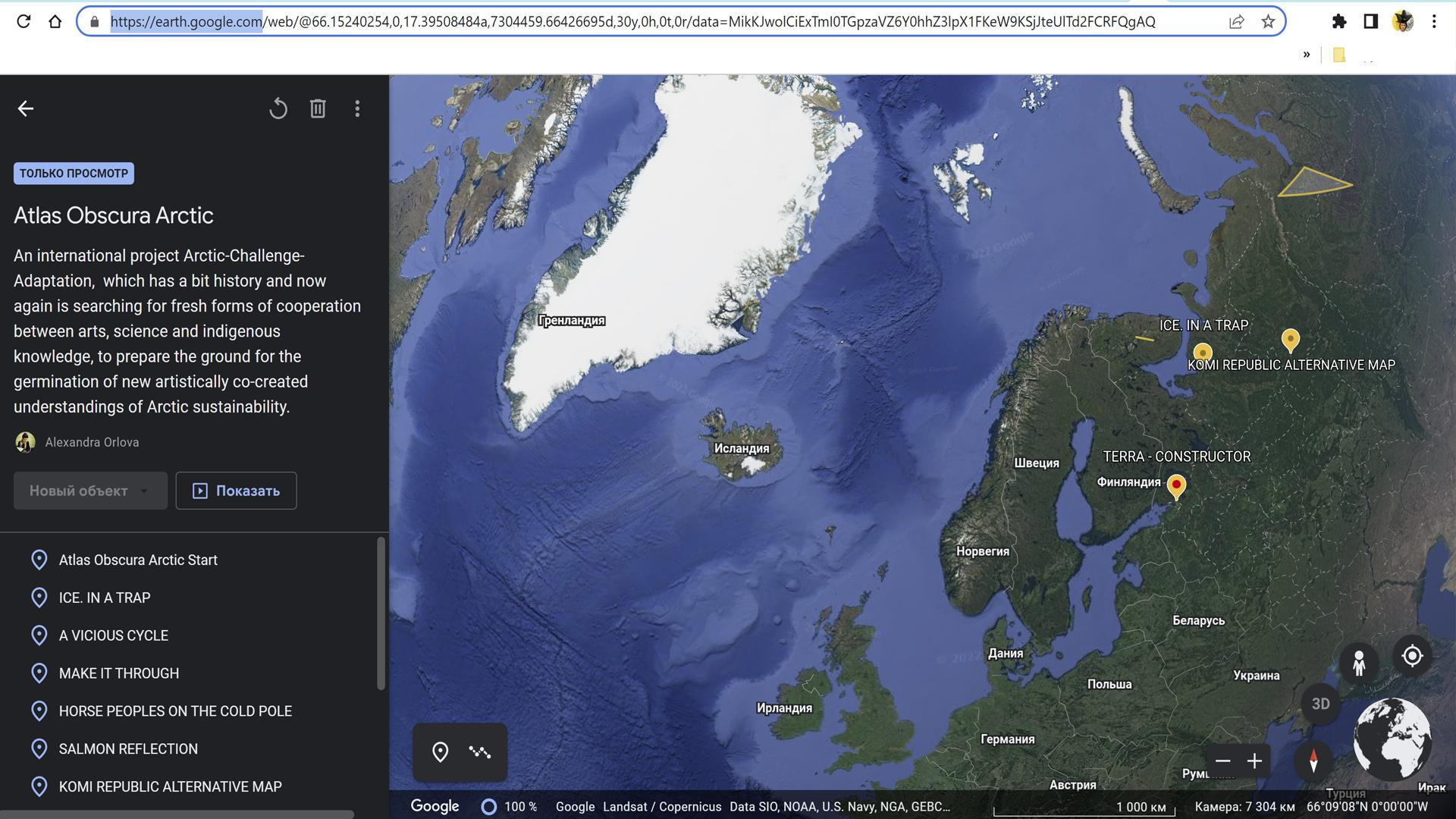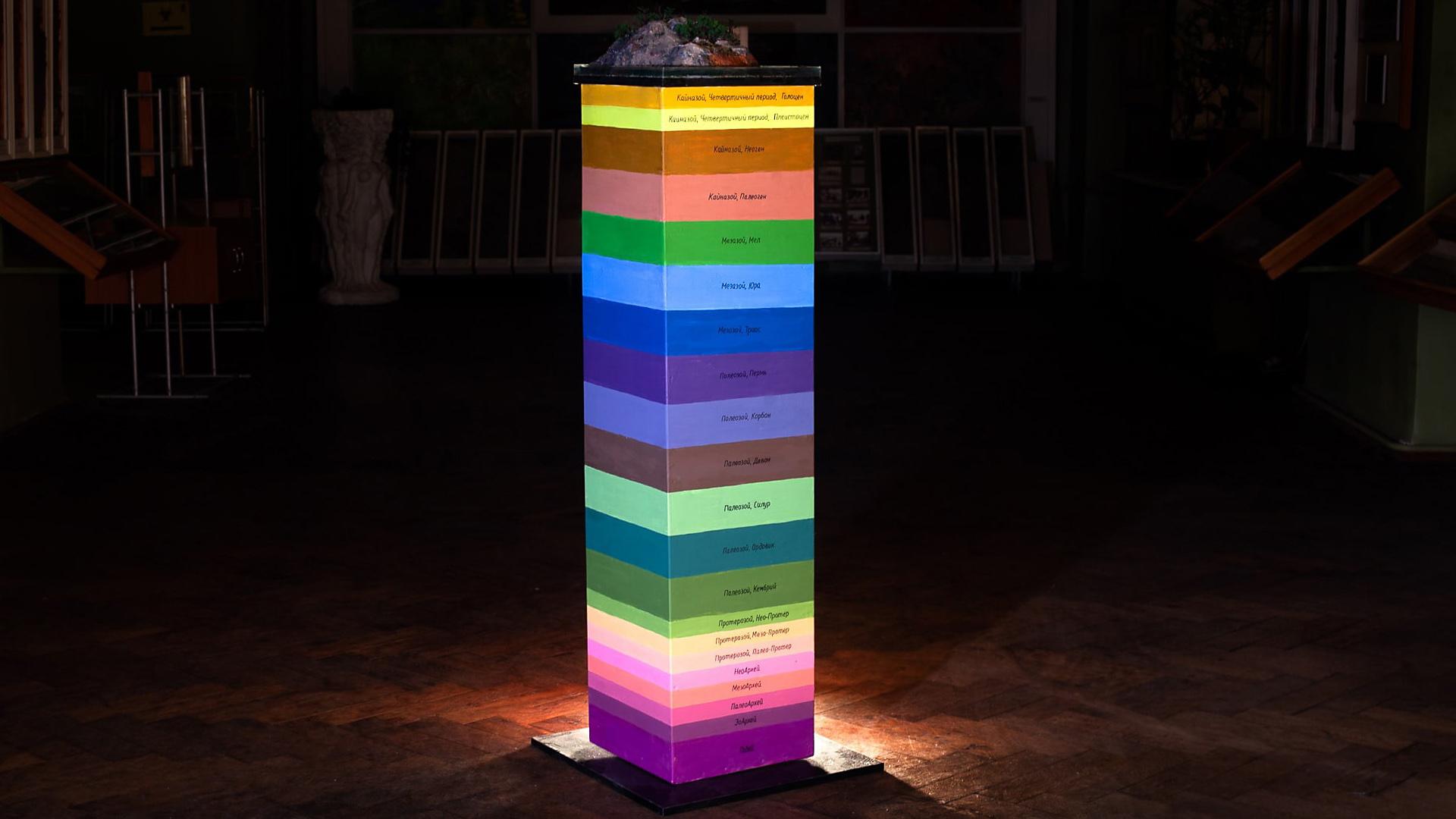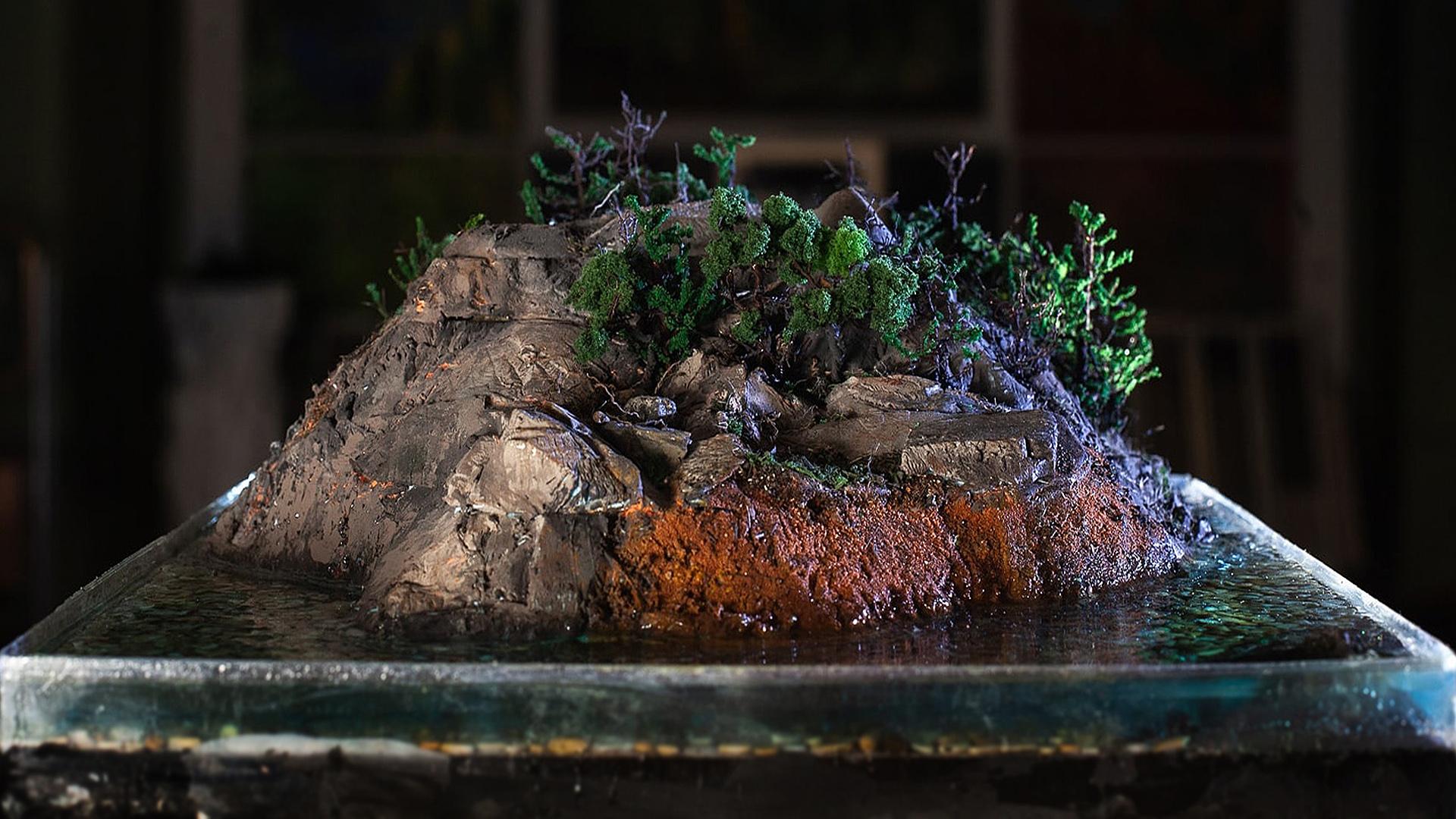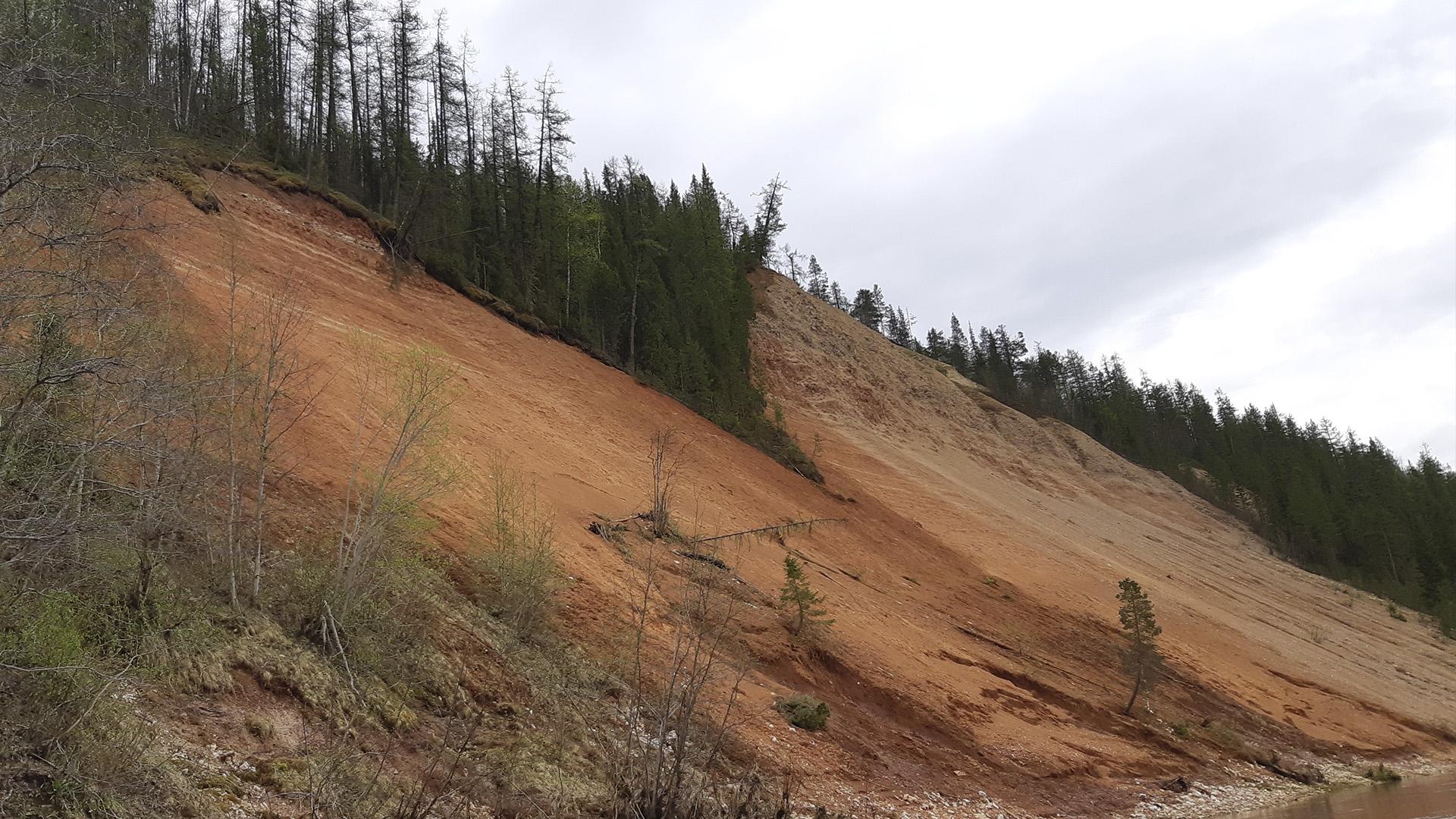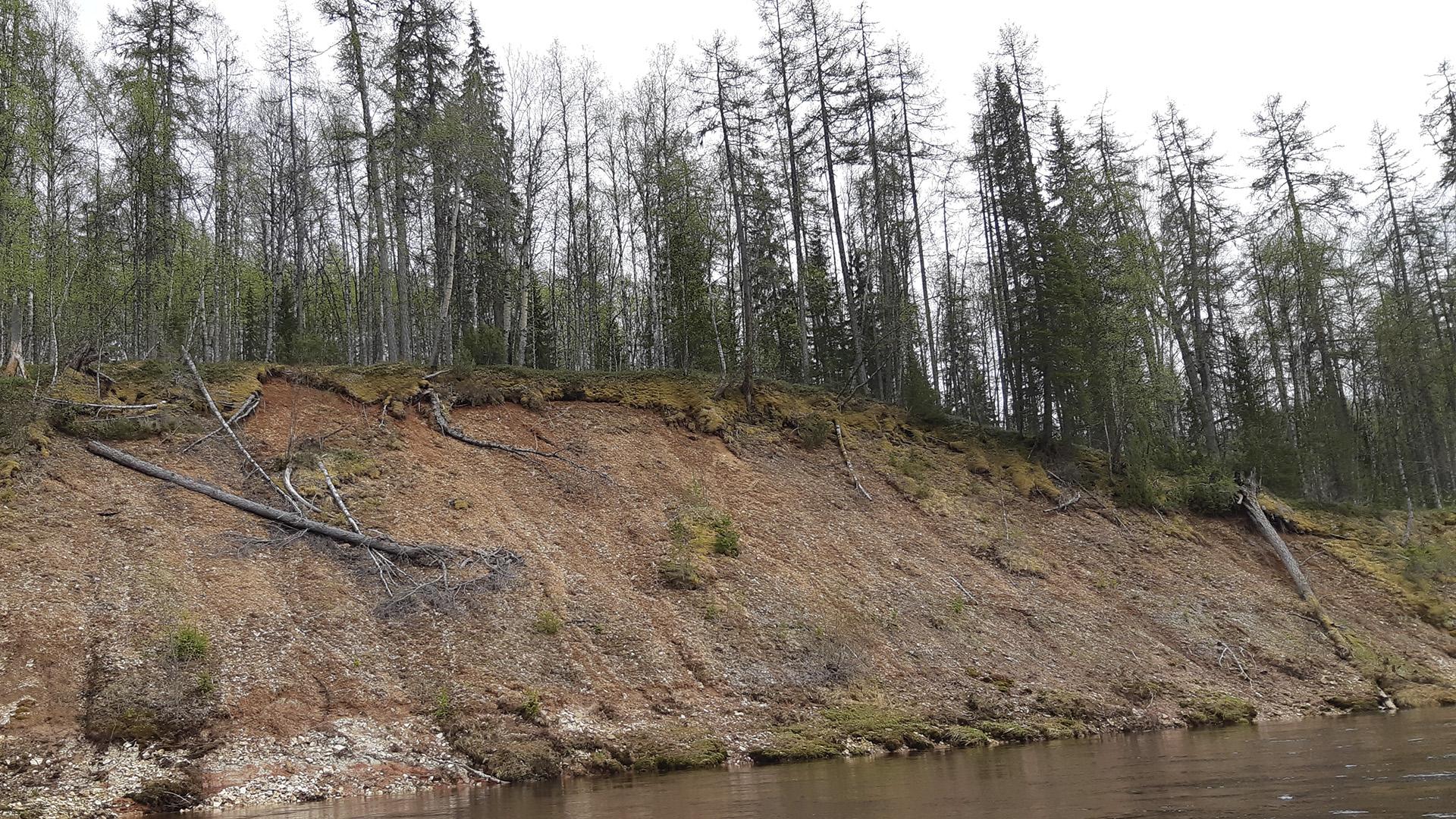Terra-Constructor 2019
20.12.2022
The sculpture is located in the Soil Science Museum (Forest and Climate section of the exhibition). Sculptural column 0.4x1x1.5 m (wood, acrylic resin) mounted on a platform below the 1x1 m column.
Planet Earth and human beings exist in different dimensions - our planet is self-sufficient. If you represent the history of the planet Earth on a meter ruler and then try to mark the history of mankind on it, it will not work, because the length of this segment will be less than 1 mm. The geological time of the Earth and the biological time of man do not coincide, but it is man who is able to influence the Earth in a fundamental way. This discrepancy is clearly visible on the stratigraphic column of geological strata. If we construct such a column, then the Quaternary deposits and the level of archaeological excavations will look like a thin film of the surface of a rather high monument. The visibility of this construction appeals to responsibility.
Humans are the most active agents for planet Earth, affecting the environment in ways that create unpredictable consequences. In a sense, this construction is like a child's game of dice, where the introduction of each additional block actively affects the overall construction and the unrecoverable consequences occurring to the planet.
The landscape for the upper layer is designed according to the maps of the geological expedition on the Belomorsko-Kuloisky plateau (Soyana River basin). When I chose the landscape for the Terra Constructor sculpture I wanted to create an image of a piece of virgin Russian forest embedded in the overall picture of the geological universe. It is a reflection from the micro-processes to the global and vice versa, so I considered the site (the prototype for the sculpture) from macro photographs, expedition documentation, and of course geolocation on Google and satellite maps.
The landscape for the top layer is designed from the maps of the geological expedition on the Belomorsko-Kuloisky plateau (Soyana river basin). When I chose the landscape for the Terra Constructor sculpture, I wanted to create an image of a piece of virgin Russian forest, embedded in the overall picture of the geological universe. This is a reflection from the micro-processes to the global and vice-versa, so the site (the prototype for the sculpture) I viewed through macro photographs, expedition documentation, and of course geolocation on Google and satellite maps.
The earth is not a solid ball with a core inside. There are "crusts" overlaid on the core and all these accumulated rocks (from first rocks of volcanic properties to sedimentary rocks) are unevenly layered. We are living on top of the Quaternary deposits, which were formed over a period of roughly 2.5 million years, even though the fossils (oil, coal) used by man are from much older, deeper than the Quaternary deposits. My landscape is an image of the upper slice of geological history, so that we can clearly understand how layering took place throughout the Earth's history and how human activity affects the planet itself today.
TERRA-CONSTRUCTOR is mapped on earth.google.com as part of the project "Atlas Obscura Arctic"
https://earth.google.com/



